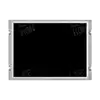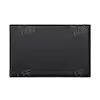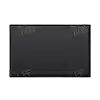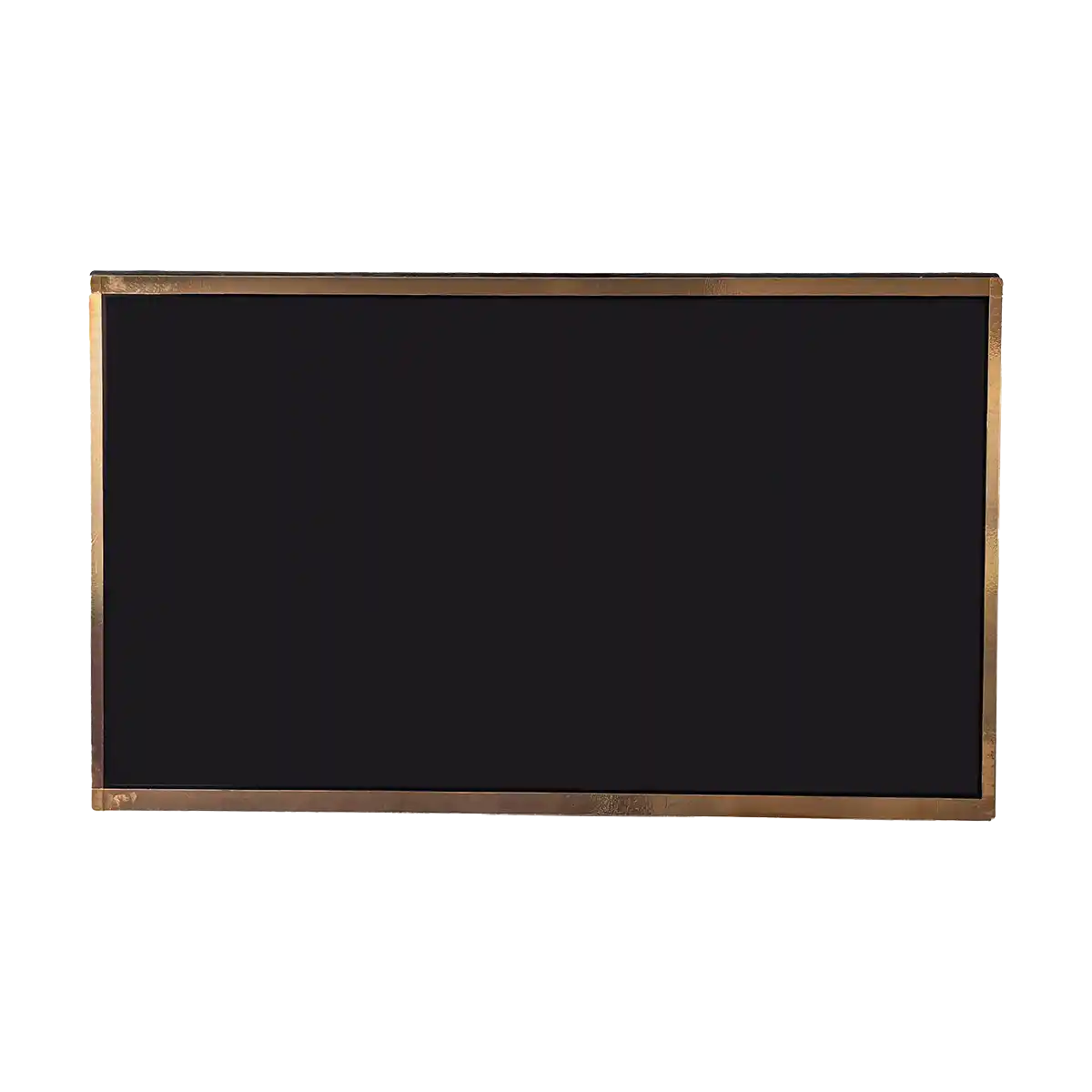High Brightness LCD Display Screens
The advent of High Brightness LCD Display Screens has revolutionized the way information is presented in various industrial and commercial settings. Industrial LCD Screens, known for their durability and reliability, have been further enhanced with high brightness capabilities to ensure visibility and functionality in challenging light conditions. High brightness in this context refers to the display's ability to emit light with a high luminance level, which is critical for outdoor applications or areas with high ambient light. This article will explore the significance of high brightness in LCD screens, the underlying technology, and the specific advantages it offers in industrial settings.

High Brightness LCD Display Screens are a specialized category of Industrial LCD Screens designed to operate effectively in environments with high levels of ambient light. These screens are engineered to deliver a higher luminance output than standard LCDs, which is essential for ensuring that the displayed content remains visible and clear. The key components and technologies that contribute to the high brightness capabilities of these displays include:
1. Backlighting Systems: The backlight is the primary source of light in an LCD screen. High brightness LCDs utilize advanced backlighting systems, often employing LED (Light Emitting Diode) technology, which provides a more efficient and brighter light source. LEDs offer several advantages, such as longer lifespan, lower power consumption, and the ability to achieve higher brightness levels.
2. Optical Enhancement Films: To further enhance the brightness of the display, high brightness LCDs incorporate optical films that manipulate the light emitted by the backlight. These films can include prism sheets, which concentrate the light and direct it towards the viewer, and diffuser films, which help to evenly distribute the light across the screen.
3. Anti-Reflective Coatings: High ambient light can cause glare and reflections on the screen surface, reducing visibility. To counteract this, high brightness LCDs often feature anti-reflective coatings that minimize reflections and improve the contrast ratio, ensuring that the displayed content is easily readable.
4. Sunlight Readable Technology: Some high brightness LCDs are equipped with sunlight readable technology, which dynamically adjusts the display's properties to maintain optimal visibility under varying light conditions. This can include adjusting the brightness, contrast, and color temperature of the display in real-time.
The benefits of high brightness LCD display screens in industrial applications are significant:
Enhanced Visibility: High brightness ensures that the display is easily readable from a distance or from different angles, which is crucial for safety and efficiency in industrial settings.
Durability: The robust design and components used in high brightness LCDs make them more resistant to environmental factors such as dust, moisture, and temperature fluctuations.
Energy Efficiency: Despite their high brightness, many high brightness LCDs are designed with energy efficiency in mind, using technologies like LED backlighting to reduce power consumption.
Conclusion:
High Brightness LCD Display Screens are a critical advancement in Industrial LCD Screens, providing superior visibility and performance in challenging lighting conditions. Their ability to deliver high luminance output is essential for outdoor applications and environments with high ambient light. The combination of advanced backlighting, optical enhancement films, anti-reflective coatings, and sunlight readable technology ensures that these displays remain at the forefront of industrial display technology.
Expansion:
As technology continues to evolve, the future of high brightness LCD display screens holds several promising developments:
1. Quantum Dot Technology: Quantum dots are nanoscale semiconductor particles that can be used to enhance the color gamut and brightness of LCD displays, potentially leading to even more vibrant and energy-efficient high brightness displays.
2. MicroLED Technology: As an emerging technology, MicroLEDs offer high brightness, fast response times, and excellent energy efficiency, positioning them as a potential successor to current backlighting technologies.
3. Adaptive Brightness Control: The integration of advanced sensors and software algorithms can further optimize the brightness and contrast of high brightness LCDs in real-time, ensuring optimal visibility under all lighting conditions.
4. Flexible and Curved Displays: The development of flexible and curved high brightness LCDs could offer new design possibilities and improved durability, particularly for applications where the display may be subject to physical stress or where a unique form factor is desired.
The ongoing innovation in high brightness LCD technology is set to expand its capabilities and applications, ensuring that Industrial LCD Screens remain a vital component in the ever-evolving landscape of display technology.
Recommended Articles
-
The 'Threshold' of Industrial Displays: Why AUO G101SAN01.2 Emerges as the Preferred Choice for the Majority of Clients
2025-02-26 -
BOE EV101WXM-N80 10.1-inch LCD Module Review
2025-02-18 -
What is the difference between quantum chips and quantum dot technology?
2024-12-11 -
Are the displays in Tesla's Cybertruck and Robovan the same as you imagined?
2024-12-10 -
Interpretation Report on AUO's New Generation Smart Cockpit
2024-12-05 -
ADS Pro: The Future of Display Technology
2024-12-04 -
The Trajectory of South Korea's LCD Industry Amidst Political Fluctuations and Technological Transition: Challenges and Opportunities Coexist
2024-12-04 -
Practical Applications of Industrial LCD Screens: The Perfect Blend of Professionalism and Customization
2024-09-26 -
Hangzhou LEEHON Technology supplies BOE GT080X0M-N12: High quality 7-inch TFT-LCD module solution
2024-09-14 -
How to Check for Issues in Industrial LCD Panels
2024-09-11 -
How does an LCD screen find individual pixels?
2024-09-11 -
What is the difference between eDP and LVDS?
2024-09-11 -
In-depth analysis of the development of automotive display technology
2024-09-10








